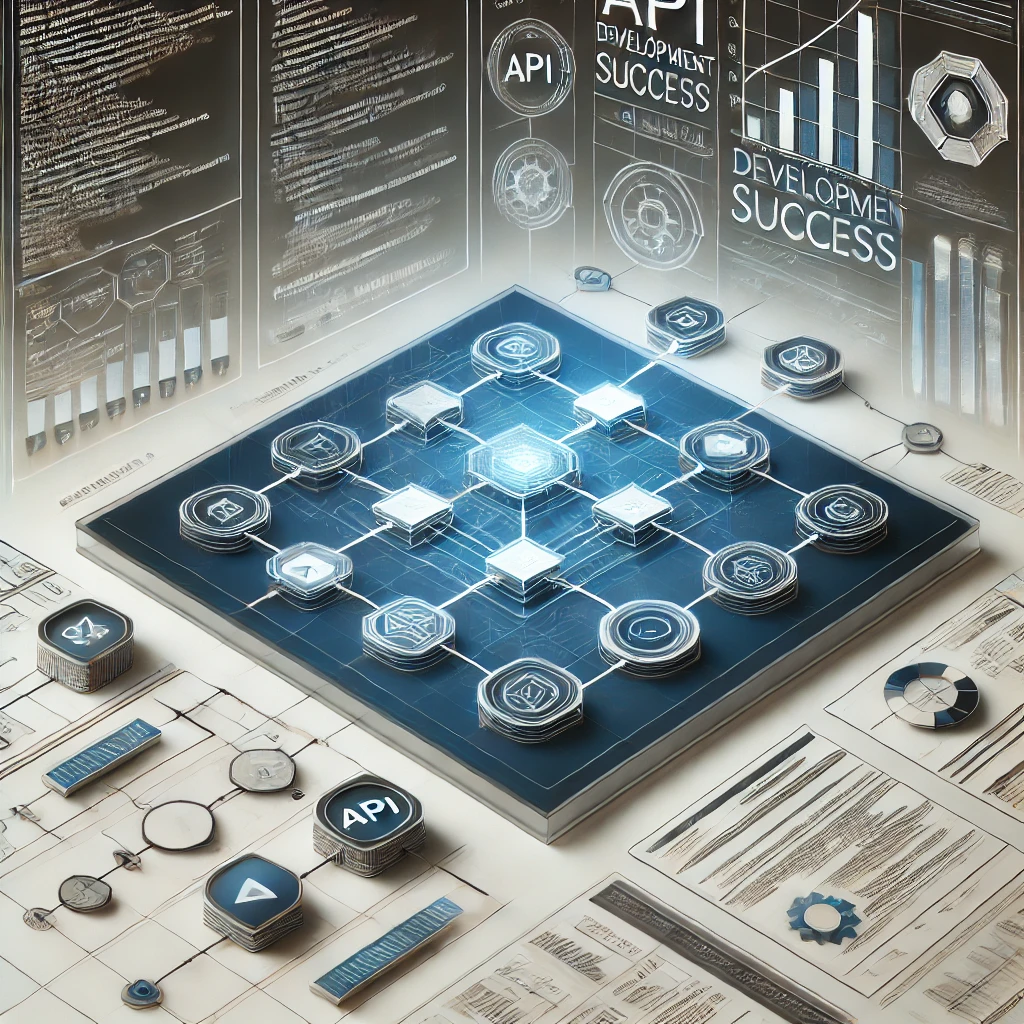In today’s digital world, APIs (Application Programming Interfaces) are crucial. They allow different software applications to communicate with each other, enabling seamless integration and functionality. However, developing a successful API isn’t just about writing code—it also involves planning and design. This is where wireframing and modeling come into play. In this blog, we’ll explore why these techniques are essential for API success and how they can make your API development process smoother and more efficient.
What is Wireframing?
Wireframing is the process of creating a visual guide that represents the layout and functionality of a system or application. Think of it as a blueprint for your API. It helps you map out how different parts of your API will interact with each other and with external systems.
Imagine you’re designing a new app. Before you start coding, you need to figure out how users will navigate through it and what features it will have. Wireframing lets you sketch out these ideas, so you have a clear vision of what you want to build. Similarly, when developing an API, wireframes help you visualize how your API endpoints will work together and how they will be used by developers.
Why Wireframing is Important for APIs
- Clarity and Communication: Wireframes provide a clear picture of your API’s structure. This is crucial when working with a team or when you need to explain your API’s functionality to stakeholders. It ensures everyone is on the same page, reducing misunderstandings and errors.
- Early Detection of Issues: By creating wireframes, you can identify potential problems early in the development process. This might include missing endpoints, inefficient data flows, or areas where integration could be challenging. Addressing these issues early can save time and resources later on.
- Improved User Experience: Wireframing helps you design an API that is easy to use. By visualizing how different components will interact, you can ensure that your API is intuitive and straightforward for developers to work with. A well-designed API leads to better adoption and fewer support requests.
What is Modeling?
Modeling is the process of creating representations of the data and functionality of your API. This includes defining data structures, relationships, and workflows. It’s like building a detailed map of how your API will handle and process information.
There are various types of models you might use, including:
- Data Models: Define how data will be organized and stored. This includes specifying data types, relationships, and constraints.
- Process Models: Outline how data will flow through your API and how different operations will be performed.
- Entity-Relationship Models: Show how different entities (e.g., users, orders, products) interact with each other within your API.
Why Modeling is Important for APIs
- Structured Data Management: Good data modeling ensures that your API handles data in a consistent and organized way. This helps prevent errors and makes it easier to manage and retrieve data.
- Scalability: By modeling your API’s data and processes, you can design it to handle growth effectively. You can anticipate how your API will perform under different conditions and make adjustments to ensure it scales smoothly.
- Consistency and Accuracy: Modeling helps maintain consistency across your API. It ensures that data is processed accurately and that different parts of your API interact correctly. This is crucial for preventing bugs and ensuring reliable performance.
Best Practices for Wireframing and Modeling
To make the most of wireframing and modeling, follow these best practices:
- Start with Clear Goals: Before you begin wireframing or modeling, define what you want your API to achieve. Understanding your goals will guide your design and ensure that your API meets the needs of its users.
- Involve Stakeholders Early: Include team members and stakeholders in the wireframing and modeling process. Their input can provide valuable insights and help identify potential issues before they become problems.
- Use the Right Tools: There are many tools available for wireframing and modeling, from simple sketching tools to sophisticated software. Choose the ones that best fit your needs and workflow.
- Iterate and Refine: Wireframing and modeling are iterative processes. Start with rough drafts and refine them based on feedback and testing. This will help you create a more effective and efficient API.
- Document Everything: Keep detailed documentation of your wireframes and models. This will be useful for future reference and for onboarding new team members.
Conclusion
Wireframing and modeling are essential steps in maximizing API success. They provide clarity, help detect issues early, and ensure that your API is well-structured and easy to use. By investing time and effort into these practices, you can develop a more effective API that meets the needs of its users and performs reliably. So, the next time you start an API project, remember to start with wireframes and models—they’re your blueprint for success.






